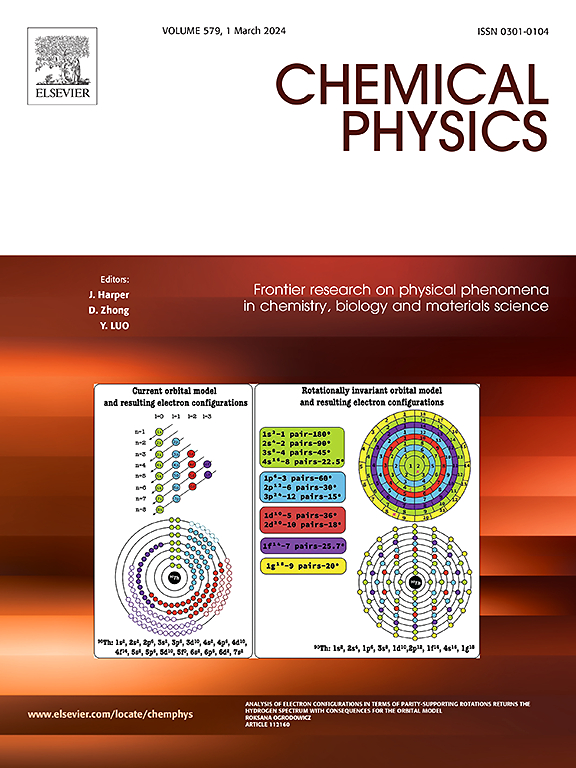Sr2SnMnO6双钙钛矿氧化物的结构、电子、磁性、热力学和弹性性质的第一性原理见解
IF 2
3区 化学
Q4 CHEMISTRY, PHYSICAL
引用次数: 0
摘要
本研究通过基于密度泛函理论的第一性原理计算,探索了Sr2SnMnO6的物理性质。系统地研究了材料的结构、电子、磁性、热力学和弹性等性能。通过容差因子和八面体因子计算,证实了材料在立方结构中的稳定性。使用GGA-PBEsol近似评估了铁磁性和非磁性状态的相稳定性,显示铁磁性状态在能量上更有利。使用GGA-PBEsol和trans - blaha改进的Becke-Johnson方法分析了电子和磁性能,揭示了从X到Γ之间具有间接带隙的半导体材料。GGA-PBEsol法和TB-mBJ法的磁矩分别为2.85、3.006和3 μB。热力学性质,包括热容量、体积、体积模量和德拜温度,预测了材料在535 K时达到Dulong-Petit极限。弹性模量计算表明,Sr2SnMnO6是脆性的,使其成为自旋电子器件的有希望的候选者。本文章由计算机程序翻译,如有差异,请以英文原文为准。
First-principles insights into the structural, electronic, magnetic, thermodynamic and elastic properties of Sr2SnMnO6 double perovskite oxide
This study explores the physical properties of Sr2SnMnO6 through first-principles calculations based on density functional theory. The structural, electronic, magnetic, thermodynamic, and elastic properties were systematically investigated. The material's stability in the cubic structure was confirmed through tolerance factor and octahedral factor calculations. Phase stability was assessed for both ferromagnetic and non-magnetic states using the GGA-PBEsol approximation, revealing the ferromagnetic state as energetically more favorable. Electronic and magnetic properties were analyzed using GGA-PBEsol and the Tran-Blaha modified Becke-Johnson approaches, revealing a semi-conducting material with an indirect band gap from X to Γ. Magnetic moments were found to be 2.85, 3.006 and 3 μB for GGA-PBEsol and TB-mBJ methods, respectively. Thermodynamic properties, including heat capacity, volume, bulk modulus, and Debye temperature, were predicted, with the material reaching the Dulong-Petit limit at 535 K. The elastic moduli calculations indicated that Sr2SnMnO6 is brittle, making it a promising candidate for spintronic devices.
求助全文
通过发布文献求助,成功后即可免费获取论文全文。
去求助
来源期刊

Chemical Physics
化学-物理:原子、分子和化学物理
CiteScore
4.60
自引率
4.30%
发文量
278
审稿时长
39 days
期刊介绍:
Chemical Physics publishes experimental and theoretical papers on all aspects of chemical physics. In this journal, experiments are related to theory, and in turn theoretical papers are related to present or future experiments. Subjects covered include: spectroscopy and molecular structure, interacting systems, relaxation phenomena, biological systems, materials, fundamental problems in molecular reactivity, molecular quantum theory and statistical mechanics. Computational chemistry studies of routine character are not appropriate for this journal.
 求助内容:
求助内容: 应助结果提醒方式:
应助结果提醒方式:


